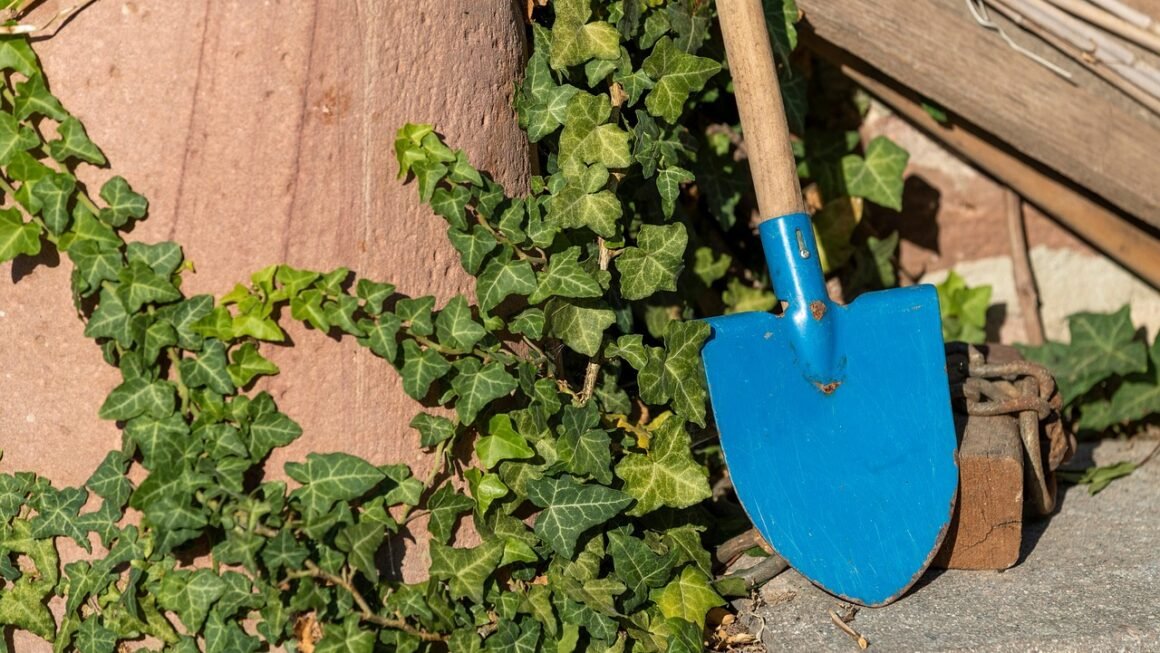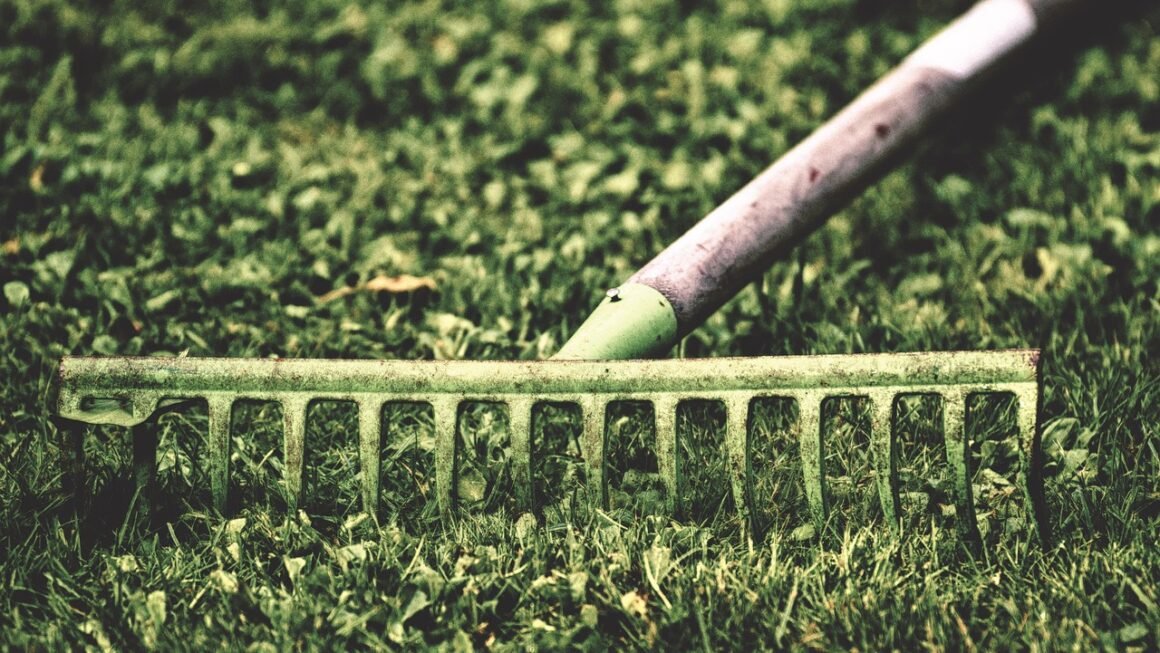Adding soil amendments is like giving your garden a multivitamin – a boost of essential ingredients that can transform your tired, unproductive soil into a thriving haven for plants. Whether you’re dealing with heavy clay, sandy conditions, or nutrient-depleted earth, understanding how to amend your soil is the key to unlocking its full potential and achieving bountiful harvests. This guide explores the world of soil amendments, providing you with the knowledge and tools to revitalize your garden and create the perfect growing environment.
What are Soil Amendments?
Definition and Purpose
Soil amendments are materials added to the soil to improve its physical, chemical, and biological properties. They are not fertilizers, although some amendments may contain nutrients. Instead, they primarily focus on enhancing soil structure, water retention, drainage, aeration, and overall fertility.
- Primary purposes of soil amendments:
Improve soil structure
Enhance water retention and drainage
Increase aeration and oxygen availability
Adjust soil pH
Provide essential nutrients
Promote beneficial microbial activity
Differences Between Amendments and Fertilizers
While both amendments and fertilizers improve plant growth, they work differently. Fertilizers are concentrated sources of nutrients designed to directly feed plants. Amendments, on the other hand, improve the soil environment so plants can better access and utilize nutrients.
- Key differences:
Fertilizers: Directly supply nutrients to plants (e.g., nitrogen, phosphorus, potassium).
Amendments: Improve soil properties to enhance nutrient availability and uptake.
Some materials can act as both amendment and fertilizer (e.g., compost).
Common Types of Soil Amendments
Organic Amendments
Organic amendments are derived from living organisms or their byproducts. They are rich in nutrients, improve soil structure, and support beneficial microbial life.
- Compost: Decomposed organic matter, excellent for improving soil structure, water retention, and nutrient availability. Add compost to your garden beds before planting, or use it as a top dressing throughout the growing season. For example, mix 2-3 inches of compost into the top 6-8 inches of soil.
- Manure: Animal waste that adds nutrients and organic matter to the soil. Aged or composted manure is best to avoid burning plants or introducing harmful pathogens. Chicken manure is particularly high in nitrogen, while cow manure is a good all-around soil conditioner.
- Peat Moss: Decomposed sphagnum moss, primarily used to improve water retention and aeration in sandy soils. Note: Peat moss is a non-renewable resource, so consider alternatives like coco coir or compost.
- Coco Coir: Made from coconut husks, an eco-friendly alternative to peat moss. Coco coir has excellent water-holding capacity and aeration.
- Wood Chips and Sawdust: Can improve soil drainage and aeration, but use with caution. They can tie up nitrogen as they decompose, so it’s best to use them in pathways or as a mulch rather than directly incorporated into the soil. Consider using aged wood chips.
- Green Manure: Cover crops that are grown and then tilled into the soil to add organic matter and nutrients. Examples include clover, rye, and buckwheat.
Inorganic Amendments
Inorganic amendments are derived from non-living sources. They typically improve soil structure and drainage, but may not add nutrients.
- Sand: Used to improve drainage in heavy clay soils. Use coarse sand, not fine sand, to avoid creating a concrete-like mixture.
- Vermiculite: A lightweight, porous material that improves aeration, drainage, and water retention.
- Perlite: A volcanic glass that improves aeration and drainage. It is commonly used in potting mixes.
- Lime: Used to raise the pH of acidic soils. Different types of lime exist, such as dolomitic lime (also adds magnesium) and hydrated lime (faster acting, but can burn plants if used improperly).
- Sulfur: Used to lower the pH of alkaline soils.
How to Choose the Right Soil Amendment
Soil Testing
Before adding any amendments, it’s essential to test your soil. A soil test will reveal your soil’s pH, nutrient levels, and organic matter content. This information will help you choose the right amendments to address your soil’s specific needs.
- Where to get a soil test:
Your local agricultural extension office
Commercial soil testing labs
- What to look for in a soil test:
pH level (ideal range is 6.0-7.0 for most plants)
Nutrient levels (nitrogen, phosphorus, potassium, and micronutrients)
Organic matter content
Soil texture (sand, silt, clay)
Matching Amendments to Soil Type
Different soil types benefit from different amendments.
- Sandy soils: Amendments like compost, peat moss, or coco coir can improve water retention and nutrient holding capacity.
- Clay soils: Amendments like compost, sand (coarse), or gypsum can improve drainage and aeration.
- Acidic soils: Lime can raise the pH to a more neutral level.
- Alkaline soils: Sulfur can lower the pH to a more neutral level.
Plant-Specific Needs
Consider the specific needs of the plants you are growing. Some plants prefer acidic soil (e.g., blueberries, azaleas), while others prefer alkaline soil (e.g., lavender, clematis). Choose amendments that will create the optimal growing environment for your plants.
- Examples:
For acid-loving plants, add sulfur or pine needles to lower the pH.
For plants that need good drainage, add perlite or sand to the soil.
Applying Soil Amendments Effectively
Timing
The best time to apply soil amendments is before planting. This allows the amendments to integrate into the soil and improve its overall quality. Fall is also a good time to amend soil, allowing the amendments to decompose over the winter.
Application Methods
- Broadcasting: Spreading the amendment evenly over the soil surface. This is best for large areas.
- Banding: Applying the amendment in a narrow strip along the planting row. This is useful for delivering nutrients directly to plant roots.
- Side-dressing: Applying the amendment to the side of established plants.
- Incorporation: Mixing the amendment into the soil. This is the most effective method for improving soil structure. Use a shovel or tiller to mix the amendment into the top 6-12 inches of soil.
Quantity and Dosage
Follow the recommendations on the amendment packaging or your soil test results. Adding too much of an amendment can be as harmful as adding too little. Over-application of lime, for example, can raise the pH too high and make it difficult for plants to absorb certain nutrients.
- General guidelines:
Compost: 2-4 inches incorporated into the top 6-8 inches of soil.
Manure: 1-2 inches incorporated into the top 6-8 inches of soil.
Lime: Follow soil test recommendations.
Sulfur: Follow soil test recommendations.
Benefits of Using Soil Amendments
Improved Soil Health
Soil amendments enhance the physical, chemical, and biological properties of the soil, creating a healthier environment for plant growth.
- Benefits:
Increased water retention and drainage
Improved aeration
Enhanced nutrient availability
Increased organic matter content
Promotion of beneficial microbial activity
Enhanced Plant Growth
Healthy soil leads to healthy plants. Soil amendments provide plants with the resources they need to thrive, resulting in stronger, more productive growth.
- Benefits:
Increased root growth
Improved nutrient uptake
Enhanced resistance to pests and diseases
Higher yields
Environmental Benefits
Using organic soil amendments can reduce the need for synthetic fertilizers and pesticides, minimizing the environmental impact of gardening and agriculture.
- Benefits:
Reduced reliance on synthetic chemicals
Improved soil carbon sequestration
* Promotion of biodiversity
Conclusion
Soil amendments are an invaluable tool for any gardener or farmer looking to improve soil health and enhance plant growth. By understanding the different types of amendments, testing your soil, and applying them correctly, you can create a thriving garden that is both productive and environmentally friendly. So, get your hands dirty, experiment with different amendments, and watch your garden flourish!




